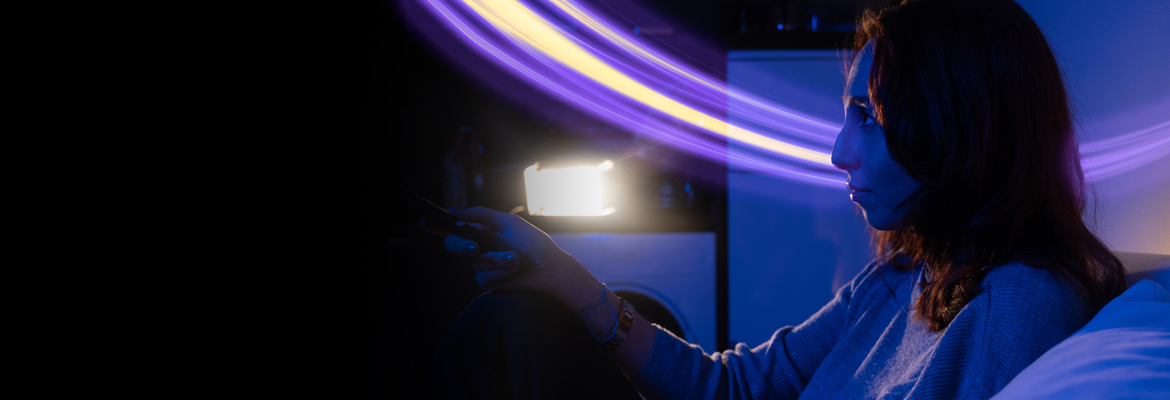What is the optimum ad load to support media companies’ business models, satisfy marketer demands, and most importantly, ensure a premium viewer experience for audiences?
Broadcasters and premium video providers are seeking to answer this question as they navigate the convergence of linear and digital, which is bringing together advanced media trading capabilities and high quality content across an array of platforms and devices.
FreeWheel’s second report on The Delicate Art of Balancing Ad Load delivers insights into current ad loads from one of the largest available European data sets on the usage and monetisation of professional, rights-managed ad supported video content. The findings reveal key insights into the types of devices and content audiences prefer, alongside best practice for crafting an effective advertising experience.
The State of Viewership Across Europe
European audiences are using a broad range of devices to access premium video content, including set-top-box video-on-demand (30%), mobile (29%), CTV (26%), and desktop (15%). As such, viewers likely tune in to premium video content during a variety of moments; for instance using a laptop or tablet to catch up with their favourite series on-the-go, or watching a family movie on the ‘big screen’ in the comfort of their living room.
Furthermore, 78% of European audiences are watching significantly more video-on-demand (VOD) content than live content (22%). The greater control over when, where, and what they watch deepens the connection between viewers and premium video content; so it is vital for media companies to sustain their close relationship with audiences, while making these environments highly impactful for marketers.
Of the audiences that use VOD, 68% tune in to long-form video entertainment, highlighting the popularity of immersive, professionally produced, and managed content. Almost one-third (32%) of VOD audiences, meanwhile, watch short-form content, which underscores how premium video environments are diversifying.
Defining Advertising Best Practices for Premium Video
Media companies tailor their ad loads depending on the type of content and whether the ad break occurs pre-, mid-, or post-content. Not only does this ensure ad break duration reflects the length of content, but also that the position of longer ad breaks within content aligns with audience preferences.
In addition to the ad’s length and positioning, managing how many commercials are shown is an important piece of the balancing act. The number of ads per break has decreased by 40% between 2016 and 2022, dipping from five to three on average, as media companies continually experiment to enhance their ad loads. These optimisations are capturing extremely high levels of attention and engagement, as evidenced by audiences’ drop-off behaviours and ad completion rates.
Drop-offs usually happen during content rather than the ad break, with less than one-quarter of long-form and 30% of short-form premium video streams being interrupted in an ad break. Even more outstanding is premium video’s average ad completion rate, which hits at an unparalleled 94% for long-form and mid-form content, and 80% for short-form content. This is significantly higher than the 50% standard for a ‘good’ online video ad completion rate, proving that premium video advertising upholds a high-quality viewer experience.
Findings based on aggregated advertising data collected through the FreeWheel platform.
Maintaining the Viewer Experience in a Changing Landscape
With the proliferation of screens and platforms that audiences use to consume content, plus the evolution of traditional and emerging advertising channels, optimising ad loads and preserving an exceptional viewer experience in all premium video environments is no small feat.
To enable media companies to do this and experiment with new formats, technologies, and approaches, FreeWheel has launched the Viewer Experience Lab in partnership with MediaScience.
Download FreeWheel's Ad Load Report 2023“The Viewer Experience Lab unites quantifiable research into how different ad loads affect the viewer experience and solutions that enable media companies to build seamless advertising experiences across traditional and emerging channels. This allows them to navigate the rapidly evolving premium video landscape while preserving their connections with audiences and maintaining a competitive edge.”
Virginie Dremeaux
VP, Marketing and Communications, International at FreeWheel



